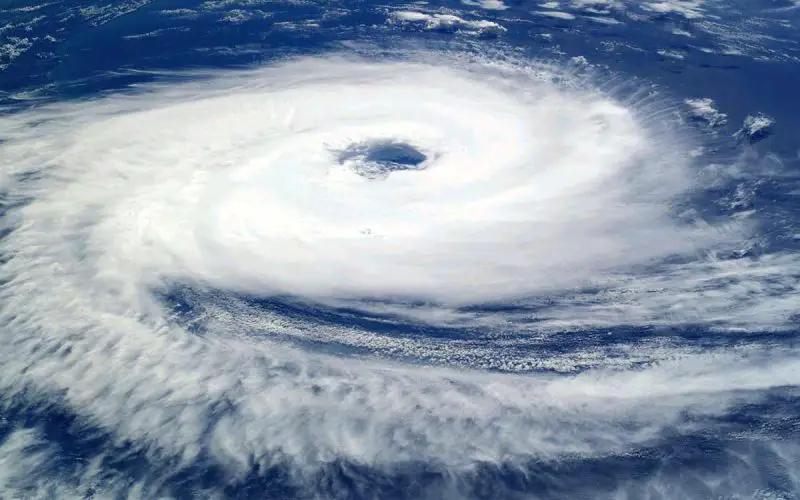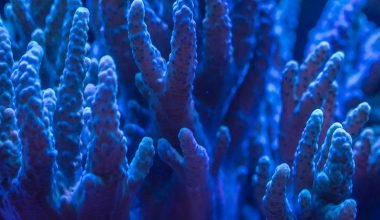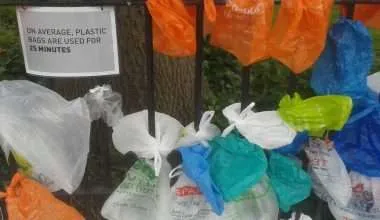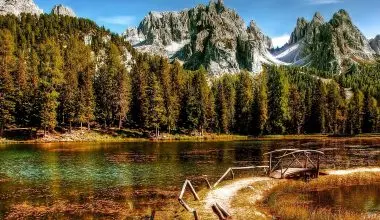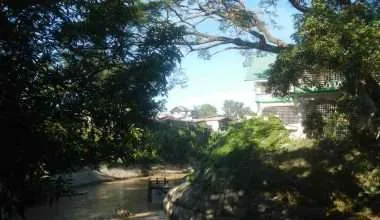What are Hurricanes?
Hurricanes, known by different names around the world from typhoons to cyclones, are potent forces of nature created by an environmental phenomenon over warm ocean water usually near the equator.
How do Hurricanes Form?
Over the surface of the ocean, near the equator, warm water evaporates into the atmosphere and leaves behind a negative pressure space. The surrounding high-pressure air rushes in to take its place. The warm water that rose cools down and forms clouds high up in the atmosphere.
This closed system is continuously fed by increasing warm ocean water, and it spins and grows to form a spinning ring of vapour and clouds.
This process continues until an eye forms in center of the storm; this is the central low-pressure zone where high-pressure air from top flows in, and the warm, moist air from the ocean forms bands around the eye.
When the rotating winds reach a speed of 39mph, it is known as a ‘tropical storm’. At wind speeds of 74mph, it officially becomes ‘tropical cyclone/hurricane’ [1].
50 Interesting Facts on Hurricanes
Below are few interesting, shocking and unusual facts about hurricanes:
- The hurricane winds can have speeds of up to 160mph.
- Each Hurricane can shower down more than 2.4 trillion gallons of rain each day.
- 40% of the US hurricanes hit the state of Florida.
- Hurricane Irma is calculated to be the costliest storm for Florida, both in terms of money and lives.
- The highest mortality was recorded on September 8, 1900. 8,000 people bit the dust due to the Galveston Storm that hit Texas.
- Hurricane season in the Pacific Ocean starts earlier than in the Atlantic. Interestingly, both end on November 30.
- Hurricane Harvey was the second most costly natural disaster for the US, after Hurricane Katrina, with a damage cost of $125 Billion.
- Hurricane Sandy was officially dubbed as Frankenstorm as it was a mix of 2 storm systems. After losing its structure, Sandy still retained its intense winds and became a superstorm.
- The massive waves caused by a hurricane are known as a storm surge.
- Storm surges cause about 90% of all hurricane deaths.
- Each Hurricane is categorized into five types, based on wind speeds and damage potential.
- The winds rotating closest to the eye, known as ‘eye wall’. These are the most destructive part of the Hurricane.
- The first name given to a hurricane by the National Hurricane Center was a female name in 1953, this tradition continued until 1978.
- The costliest US hurricane to ever cause landfall as a Category 5 storm was Hurricane Katrina, with total damage amounting to $108 billion.
- Hurricane names are not reused and become ‘retired’ if the Hurricane was big and destructive.
- Only Atlantic and Northeast Pacific tropical storms are called hurricanes.
- The Northwest Pacific tropical storms are called ‘Typhoons’.
- The tropical storms of the South Pacific and Indian oceans are known as ‘Cyclones’.
- To this day, only four airplanes have been lost to these tropical storms. Those airplanes and their crew have never been found.
- The term Hurricane originates from Native American Taino word ‘Hurucane’, which means ‘evil spirit of the wind’.
- The first flight into a hurricane was in 1943 during World War II.
- Out of all the natural disasters, only hurricanes are given names.
- On average, a hurricane can dump anywhere from 6 inches to a foot of rain in a region.
- Christopher Columbus wrote the first known report of a hurricane in 1495.
- A massive hurricane can release the energy similar to ten atomic bombs in a second.
- Hurricanes can also give birth to smaller tornadoes, which only last for a few minutes.
- A slow-moving hurricane causes more damage from rainfall and flooding than a fast-moving storm.
- The first man to give names to hurricanes was an Australian weather forecaster named Clement Lindley Wragge in the early 1900s.
- The name of the first Hurricane of the year should always start with the letter ‘A’.
- The Red Dot on the Planet Jupiter is actually a hurricane that is bigger than the Earth itself.
- The Hurricane on Jupiter has been present for over 300 years.
- One of the attempts to control Hurricane was Project Stormfury. The idea was to seed them with silver iodide and decrease the temperature to break the storm cycle. It had little success.
- Approximately every 3-7 years, an environmental phenomenon is known as the ‘El Niño’ occurs. This raises the ocean surface temperatures and decreases the number of storm formation in the Atlantic.
- Sadly, El Niño increases the number of storms on the Pacific front.
- La Niña is the opposite of the El Niño phenomenon which cools down the ocean surface temperature. This increases storm activity in the Atlantic region in comparison to the Pacific.
- The world’s deadliest hurricane record is held by the 1970 Bhola Cyclone that killed more 150,000 people in Bangladesh.
- In the last 200 years, hurricanes have taken lives of approximately 1.9 million people.
- The central equator is one place where hurricanes cannot form, as they need Coriolis Force (wind forces) to spin.
- During the Mongol attack on Japan in 1281 A.D., A hurricane killed 100,000 Mongols. The Japanese think of that event as a divine gift.
- Hurricanes are unable to combine and form a single storm. They continue to circle around each other through a phenomenon known as the ‘Fujiwhara effect‘.
- In the air, the eye is the calmest part of the storm. However, if the hurricane is at the ocean, the waves from all direction make it the most dangerous region.
- 1983 was the year with the least number of storms. Only four storms were formed that year.
- A hurricane needs at least 200 feet of water depth and temperature of about 80⁰F to form.
- Every year approximately ten tropical storms form over the Gulf of Mexico, Caribbean Sea, and the Atlantic Ocean. Only six of those tropical storms grow into hurricanes.
- Hurricane Andrew, 1992, had outer rain bands that extended 100 miles from the center of the eye.
- Earthquakes beat hurricanes in quantity every year throughout the world. Approximately 85 tropical storms form, but around 500,000 earthquakes are detected per year worldwide.
- Each storm causes tons of fish to wash ashore with their eyes popped out due to rapid pressure changes.
- Hurricane John in 1994, holds the record of the longest Hurricane lasting up to 31 days.
- Hurricane John is also termed as both a Hurricane and a Typhoon as it passed through both Eastern and Western Pacific Oceans.
- The direction of rotating winds in storms is dependent on the storm’s location. North of the equator, the rotation is counter-clockwise while towards the south the rotation is clockwise due to the Earth’s spinning axis.
Even though hurricanes are unique environmental events with a plethora of scientific data and information flowing out of each one, they are still one of the most damaging natural disasters.
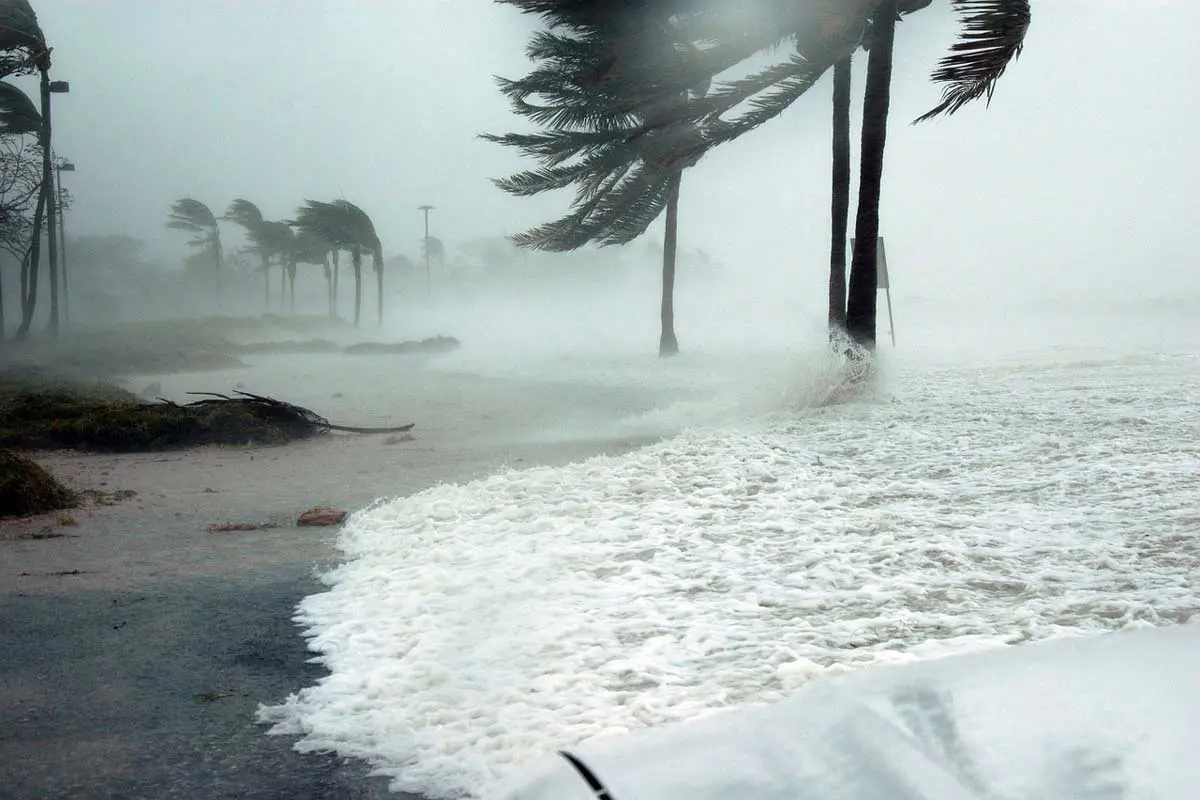
This is why we should volunteer, either financially or through skilled labor, to help those affected by such catastrophic events.
Let us come together to make a better world for all of us.
